How to Hang Artwork
Art is one of the most powerful decorating tools.
It provides an instant colour palette, sets the mood and tone of the room and brings depth, dimension, and texture.
In our industry of staging homes for sale, artwork can be a huge influence on the value of the property. High-end, good quality framed art will be automatically associated with luxurious, high-end homes, raising the perceived worth of the house.
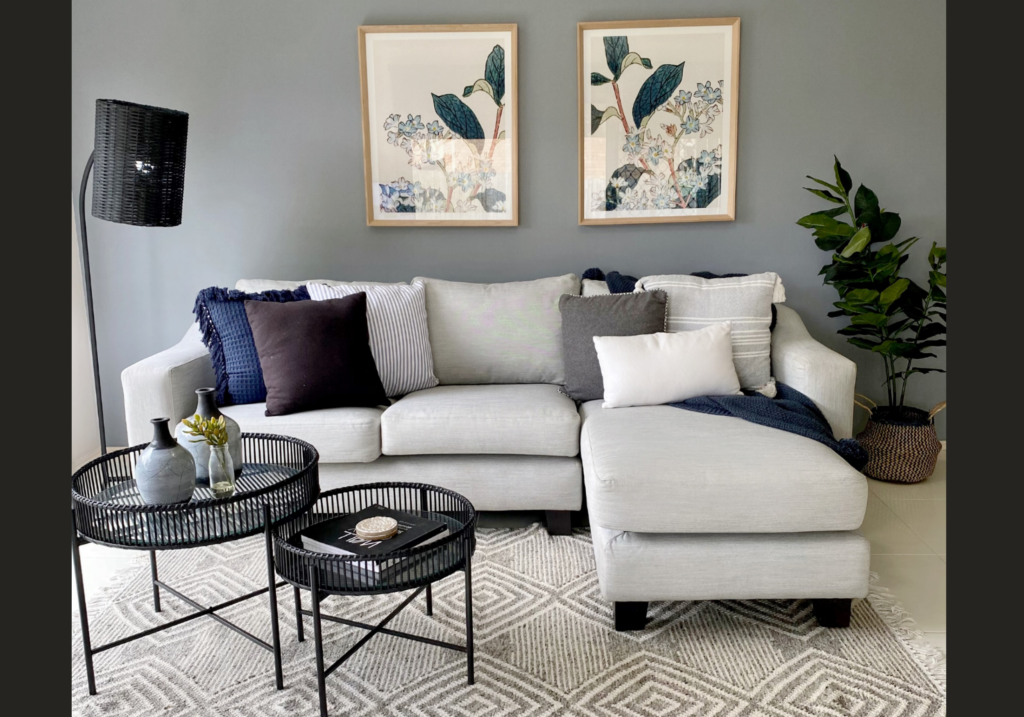
—
“But I don’t want any holes in my walls…”
… is one of the most common reservations of our clients. And we get it. They may have just spent thousands of dollars getting their home repainted, it’s understandable they are a bit hesitant to puncture the walls again.
This is where we feel responsible to explain the value of artwork and the difference it can make to the sale of their largest asset.
“We assure the clients that we never go ‘overboard’ with the art and that the hooks and screws we use are small and inconspicuous. What a lot of homeowners don’t realise, is that their house gets sold “as is” after being staged, hooks and screws included, which means they don’t have the responsibility to come back and patch up the walls.” – Phoebe Shorter | Chief Stylist

After this discussion is held, most people don’t have an issue with making art an addition to their home staging package. Occasionally, we get this question.
—
“Why can’t you use 3M Hooks?”
In our experience, 3M hooks can cause more damage to the wall than regular hooks. The glue on the back of the hook tends to fail in humid weather, which we get quite a lot of here in Brisbane. It also presents a risk to our artwork, causing it to fall and potentially break.
What Fasteners & Hardware Do We Use?
Our Stylists take a toolbox to every property installation they go to. To view the full list of what is inside the box, click on the picture or here.
—
We use:
Small Nail Hooks
![]() suitable for lighter prints under 3kgs – canvas or framed
suitable for lighter prints under 3kgs – canvas or framed
—
![]() used on gyprock & timber walls
used on gyprock & timber walls
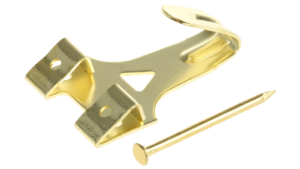
Gyprock Plug & Screw
![]() suitable for heavier prints, clocks and D-ring artwork
suitable for heavier prints, clocks and D-ring artwork
—
![]() used on gyprock walls, timber (screw only, no gyprock plug) and fibro walls (drill small pilot hole first and then use a screw only)
used on gyprock walls, timber (screw only, no gyprock plug) and fibro walls (drill small pilot hole first and then use a screw only)
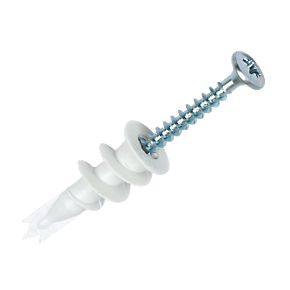
Masonry Nail
![]() suitable for all artworks
suitable for all artworks
—
![]() used on brick & concrete walls
used on brick & concrete walls
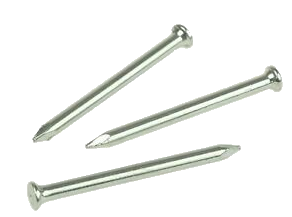
Foxy Stylist’s Guide

How to Prepare the Art
For light to medium weight artwork, we like to attach a string or a rope to the back of the frame (9 times out of 10 the strings are already attached when the print arrives).
Hanging an art on a string becomes significantly easier, not just to attach it to the hook, but also to straighten it up once it’s on the wall, using tilting movements.
Another benefit of a string/rope attachment is the liberty of not needing to take exact measurements when choosing the wall hook placements. Unlike the D-Ring art, the nails for a string canvas do not have to be in the exact same height or distance, as you can easily adjust the positioning of the artwork.
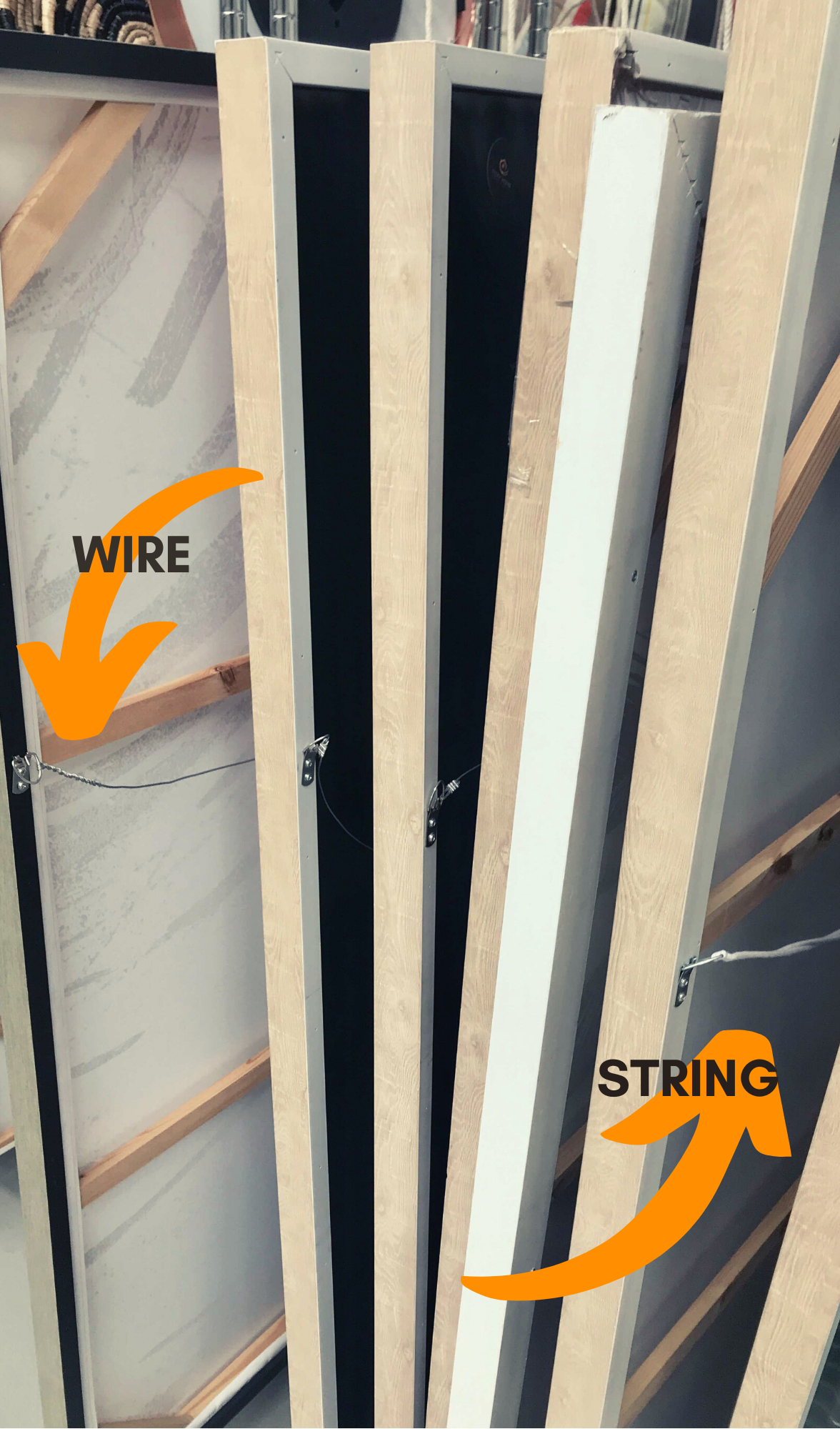

This is oftentimes considered ‘weird’ by our onlooking clients, click here to find out what else our Stylists do that’s considered unusual.

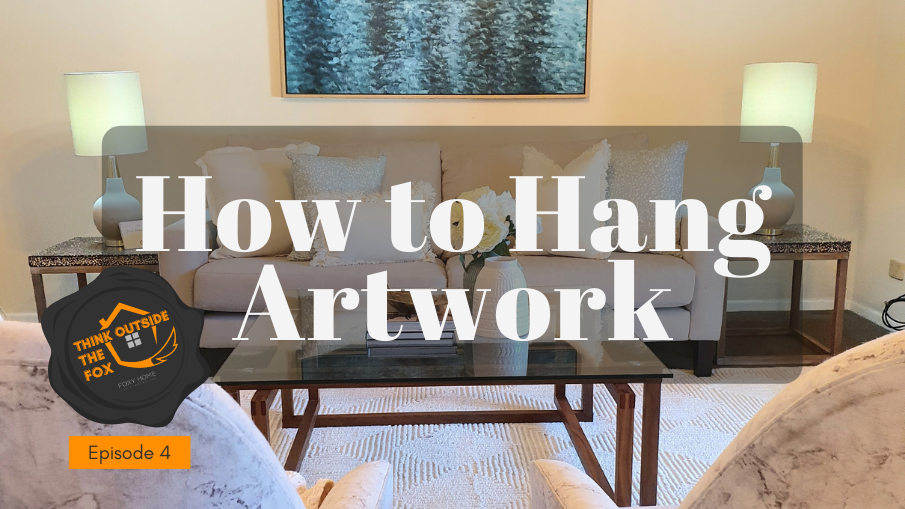
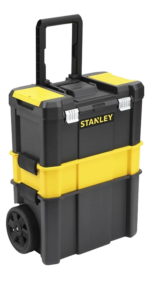

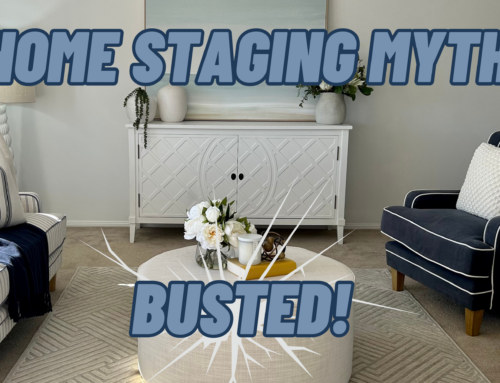


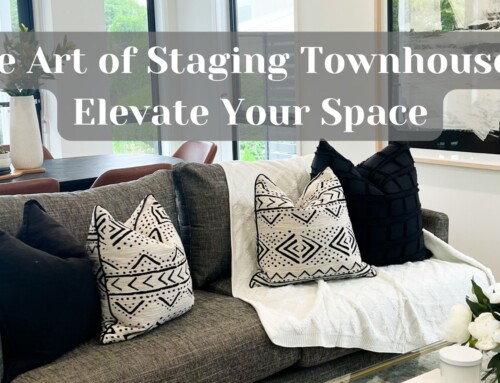
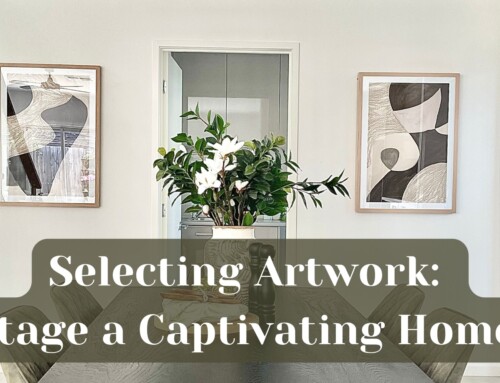
Facebook Comments